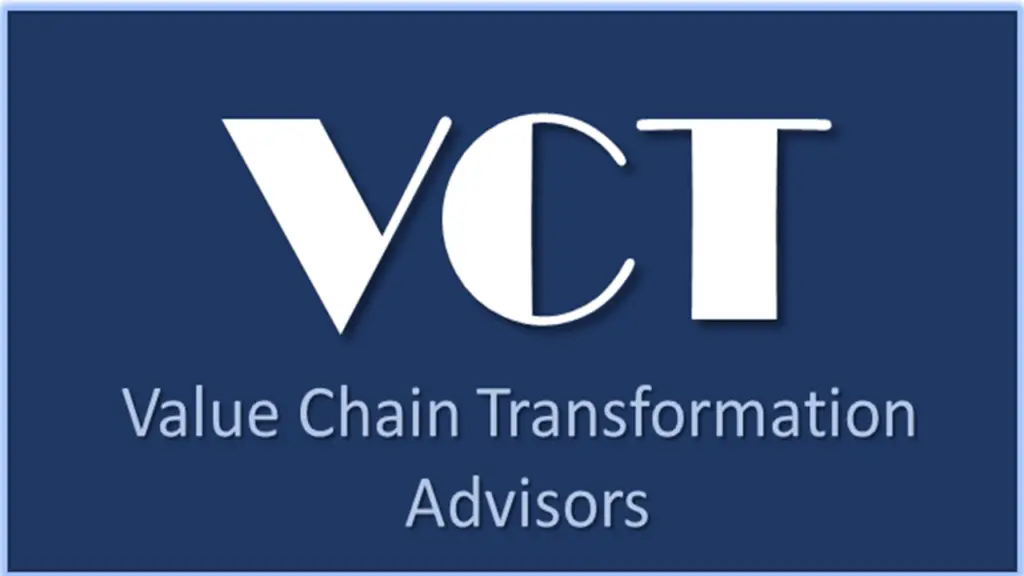As a concept, replenishment seems simple — when you run out of inventory, you need to replace it. For supply chain professionals, the reality of replenishment is anything but simple, taking into account volatile shifts in demand to keep just the right amount of inventory on hand.
Learn how to improve your replenishment planning process with more accurate demand forecasting, inventory monitoring, and reordering procedures.
What Is Replenishment Planning and Why Is It Important?
Replenishment planning keeps new inventory flowing into your warehouses in time to meet demand. The process covers everything from raw materials to finished products, reaching back to the start of the supply chain for greater insight into how long it takes to create and transport ready-to-sell inventory.
Planned replenishment helps you avoid backordered items, dissatisfied customers, and costly overstocks or stockouts. Improving replenishment processes enhances profitability by optimizing your use of funds, materials, and warehouse space throughout the supply chain.
Traditional vs. Demand-Driven Replenishment Plans
Traditional replenishment plans set safety stock numbers based on past sales patterns. While historical sales data helps companies maintain product levels for seasonality, conventional methods for inventory planning ignore day-to-day shifts in demand. Today’s markets frequently bend to rising trends, changing consumer preferences, and external factors like social movements or weather events, making them more unpredictable.
Demand-driven replenishment takes into account both short- and long-term forecasts using several different data sources to better inform inventory management. Using an AI- and machine learning-powered tool, you can supercharge your predictive models to right-size your inventory year round.
How Inventory Replenishment Planning Helps Businesses
With more accurate future demand predictions in hand, you can build a replenishment strategy that saves money and reduces waste. Leverage data to keep the right amount of inventory — at the right time — at every stage of your supply chain, enabling you to satisfy customers with faster delivery of their favorite products.
Key Components and Steps of Replenishment Planning
Effective replenishment planning involves five steps: forecasting, monitoring, setting timelines, calculating quantities, and managing suppliers. Delve into each step to discover the deeper complexities of planning replenishment.
1. Demand Forecasting: An Essential First Step
Demand planning optimization keeps replenishment on track to fulfill what your customers want, when they want it. Incorporate AI-powered tools to make sense of non-linear data from sales history and external sources, picking out patterns that affect demand in both the short and long term.
2. Monitoring Inventory Levels
A monitoring system automatically notifies companies when stock is reaching a low point or when inventory for a specific product is reaching its max. Maintain profitable inventory management with monitoring software for every stage of the supply chain, ensuring a consistent flow of finished products to meet demand.
3. Establishing Reorder Points
Set stock minimums for your monitoring system to track, creating reorder points that signal it’s time to replenish inventory. Once set, your reorder points can trigger automated replenishment within the software, automatically sending reminders or completing orders so you never run out of product.
4. Economic Order Quantity Calculations
The economic order quantity (EOQ) equation first considers demand, then balances the costs of ordering and storing product to find an optimal amount of product to have on hand. The formula is EOQ = √(2DS/H), where D is demand, S is the cost per order, and H is the holding cost per unit, per year.
5. Supplier Management
Maintaining open and communicative relationships with top suppliers is a key cornerstone of replenishment inventory planning. Supplier-level breakdown throws a major wrench in your ability to restock quickly. Aligning every level of your supply chain under one end-to-end management software can help you achieve clarity into the full process, alerting you to potential problems sooner.
Inventory Replenishment Planning: Strategies and Best Practices
Following the process alone doesn’t ensure complete clarity in your replenishment planning. Use these three best practices to achieve inventory optimization:
- Build balanced service-level targets: For each product, you’ll need to set a goal percentage of probable orders that your business can fulfill. The target means that your company can deliver the products your customers demand on time for that specific percentage of the time. When setting goals, balance practicality with delighting customers as much as possible.
- Take into account product life cycle: Considering every stage for a finished product entering your inventory will help you accurately determine the timeline for the entire process. Think about the time spent manufacturing, packing, shipping, and processing each shipment of products. Don’t leave out the equally important backend of the life cycle, where customers receive and eventually discard the product, then require replacements.
- Prioritize stockout avoidance: While overstocks can also cost your company, stockouts deeply frustrate your customers, impacting consumer views — and reviews — of your brand. When inventory management challenges force you to choose between being over- and underprepared, opt for the option that enhances customer satisfaction.
Measuring the Impact of Replenishment Planning on Profitability
The complexities of replenishment are too often overlooked, but they can significantly impact your overall profitability. Select KPIs that track changes in profitability based on your replenishment program, including:
- Inventory turnover rate
- Stockout rate
- Overall carrying cost
- Return on inventory investment
Empower Your Procurement With the Best Replenishment Planning Software
Planning replenishment in a volatile and uncertain market environment takes careful consideration of complex factors like demand, manufacturing and transportation times, and supplier availability. With the help of an AI- and machine learning-powered replenishment planning tool, you can turn your replenishment plan from a profit suck to a saver.
GAINS Replenishment Optimization leverages advanced technology and AI algorithms to more accurately predict future demand and process all variables in manufacturing and transporting products so supply chain professionals can make smarter and faster decisions. You can use this knowledge to enhance your replenishment strategy, helping your business take advantage of every opportunity and avoid costly stockouts.
Planned Replenishment FAQs
Find fast and straightforward answers to your replenishment questions.
What is the replenishment cycle process?
The process includes the sourcing, making, shipping, and receiving of new inventory to replace products as they’re sold.
What is the first step in the replenishment process?
Demand forecasting is an essential first step. Accurately predicting future demand sets your replenishment plan on the right track, allowing you to plan stock levels based on short- and long-term demand shifts.
How can inventory monitoring reduce costs?
Supply chain management software tracks the amount of inventory at each step, sooner alerting you to any holdups. Monitoring helps you tackle issues faster so you can sidestep costs related to rush shipping or stockouts.
What is a replenishment strategy?
Your replenishment strategy helps your business stock inventory at the right time to avoid wasting money and warehouse space or missing opportunities due to stockouts. A robust strategy takes into account supply timelines, future demand, and optimal order quantities.
How often should you review your replenishment plan?
There is no one-size-fits-all best timeline for regularly reviewing your replenishment plan. For straightforward supply chains, quarterly or monthly check-ins suffice. When dealing with greater complexity and rapid market changes, weekly reviews can help you address problems and implement enhancements faster.



